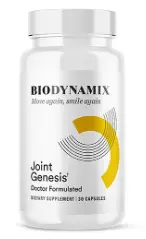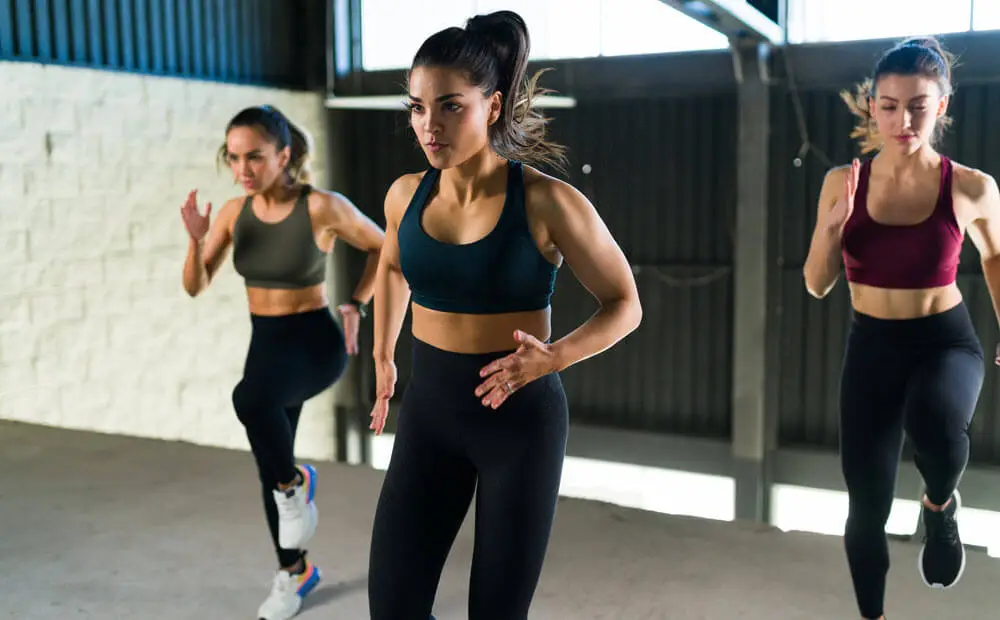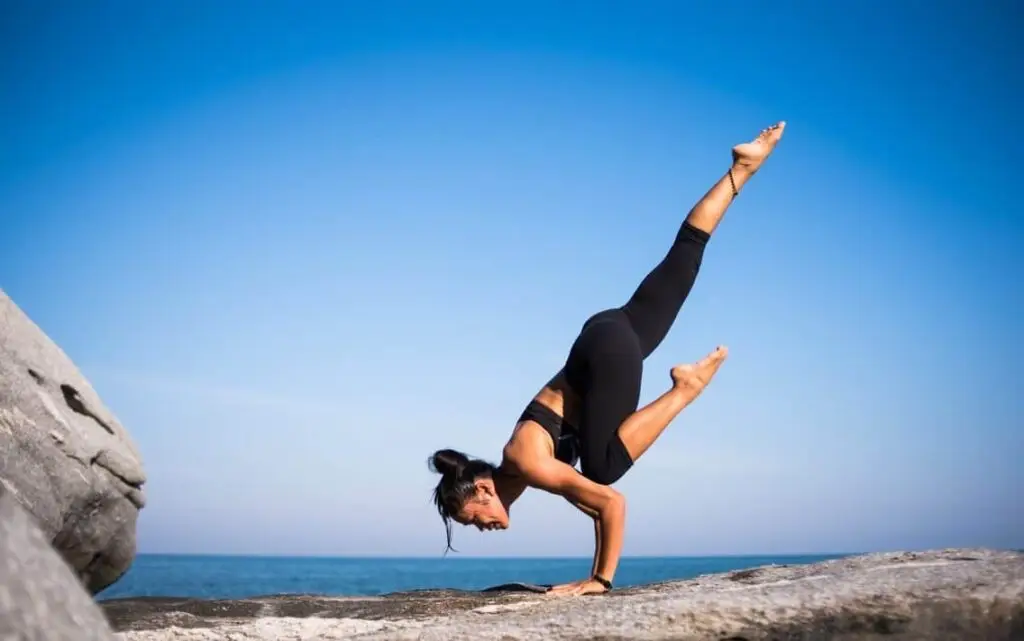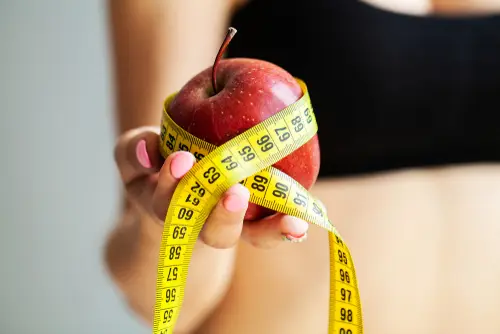Disclaimer: Some links on this site may lead to products or services for which I receive compensation if you decide to purchase them. This comes at no extra cost to you and helps support the content I create. Thank you for your support! (View our disclaimer and privacy policies for details.)
Why is exercising important?
Exercise is an essential part of a healthy lifestyle and powerful medicine. It prevents health problems, builds strength, boosts energy, helps reduce stress, helps maintain a healthy body weight, and curbs appetite.
What are some health benefits of exercising?
- Reduces the risk of developing heart disease, high blood pressure, type 2 diabetes, and obesity.
- It helps reduce inflammation in your joints and tendons and keeps your ligaments flexible.
- It contributes to mental well-being and relieves stress, anxiety, and depression.
- Increases energy and endurance.
- Improves sleep.
- It helps maintain a healthy weight by increasing your metabolism, which burns calories.
Which types of exercises are best for me?
When it comes to exercising, just about any activity is good for you. The type of exercise you should do depends on your current health and level of activity.
Before starting any exercise program or routine, you should seek medical advice from your doctor to ensure there are no underlying issues that would cause severe pain, injury, or life-threatening incidents like a heart attack, stroke, etc.
Suppose your current activity level is extremely low, and you can hardly get off the couch, out of bed, or have difficulty breathing just walking to the bathroom or kitchen. In that case, I wouldn’t recommend running or doing any high-impact exercise. Instead, start slow and begin with stretching, taking short walks, and performing low-impact exercises.
If you can walk 2 miles in 30 minutes, participate in sports requiring 20 minutes or more of physical activity, do 30 – 45 minutes of gardening or yard work, or occasionally go to the gym, your activity level would be considered moderate.
Finding the Right Exercise for Your Needs
Low-Impact Exercises for Beginners
If you’re new to exercise or returning after a long break, it’s essential to start with low-impact activities that ease you into physical movement without causing strain or injury. Recommended activities include:
- Walking: Great for cardiovascular health and easy to modify based on pace and distance.
- Swimming: Provides a full-body workout while being gentle on the joints.
- Cycling: Offers cardiovascular benefits with reduced impact on the joints.

Learn More >>
Joint Genesis is an advanced and science-backed solution that finally addresses the origins of age-related joint decay: the loss of hyaluronan as you get older.

Learn More >>
Burn Boost is the world's first and single rapid calorie burning formula that flips on your body's fat-burning lipolysis switch.

Learn More >>
Noble-Prize Winning: Slim Boost Tea is a delicious 100% natural tea, specifically created to help you lose weight fast and keep it off for good!
Moderate-Intensity Exercises
For individuals with a moderate level of fitness, a mix of cardiovascular and resistance exercises can keep workouts engaging and help improve endurance, strength, and flexibility.
- Jogging or Brisk Walking: Enhances cardiovascular fitness while helping to burn calories.
- Strength Training: Using weights or resistance bands can increase muscle tone and strength.
- Yoga or Pilates: Improves flexibility, balance, and core strength while being relaxing.
High-Intensity Exercises
For those with a high fitness level looking to challenge themselves, high-intensity interval training (HIIT), circuit training, or advanced strength workouts can help improve speed, power, and muscle definition. However, it’s vital to monitor intensity and ensure good form to avoid injury.
Tips for Staying Consistent
Set Realistic Goals
Begin with achievable goals, such as 10-minute daily walks or stretching sessions, and build from there. Setting measurable goals can help maintain motivation.Make It Social
Exercising with friends, joining a fitness class, or even engaging in family physical activities can increase accountability and make workouts more enjoyable.Track Your Progress
Tracking your activities can be motivating and provides tangible evidence of your improvement over time, helping you stay committed to your fitness goals.Prioritize Recovery
Recovery is crucial for avoiding burnout and injuries. Incorporate rest days and activities like stretching and foam rolling to give your body time to rebuild and strengthen.
Resources for More Information on Exercise and Health
For more details on the benefits of exercise and personalized workout routines, check out the following resources:
- American Heart Association: Offers insights on heart health and exercises to reduce cardiovascular risks.
- Centers for Disease Control and Prevention (CDC): Provides guidelines on physical activity for various age groups and fitness levels.
- Mayo Clinic: Covers the mental and physical benefits of exercise and tips on starting a fitness program.
- Harvard Health Publishing: Discusses the relationship between exercise, mental health, and longevity.
Summary
Regular exercise is essential for a healthy lifestyle, boosting heart health, immunity, mental well-being, and physical strength. Choosing exercises that fit your fitness level—like walking or high-intensity training helps you safely enjoy these benefits. Setting realistic goals, staying social, and prioritizing recovery support long-term success.
For more, visit resources from the American Heart Association, CDC, and Mayo Clinic on staying active for your health needs.











